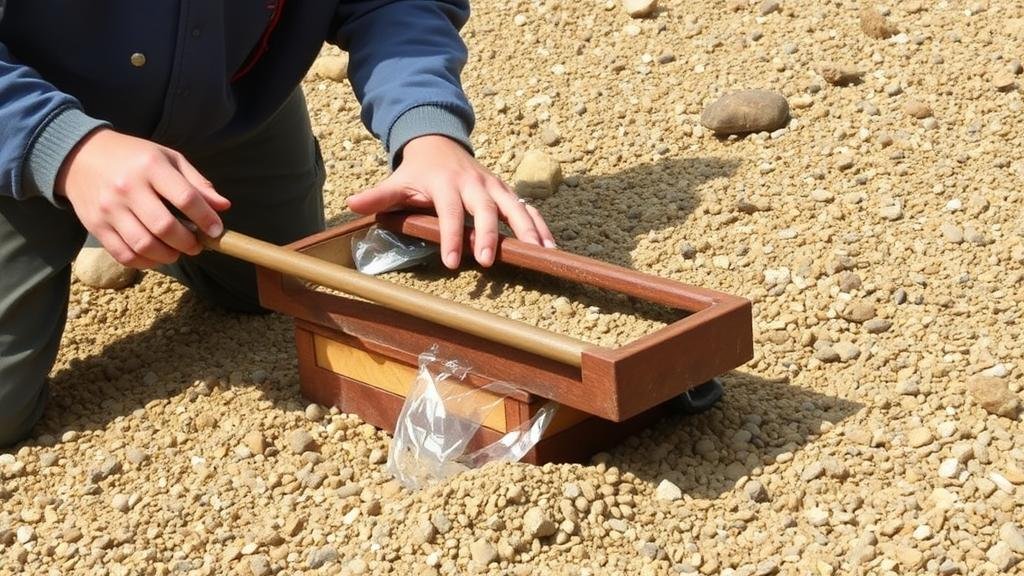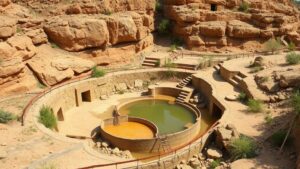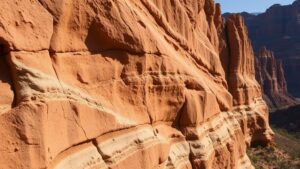Techniques for Dry Washing Gold-Bearing Gravel Without a Water Source
Techniques for Dry Washing Gold-Bearing Gravel Without a Water Source
Gold prospecting in arid regions poses unique challenges, particularly the lack of water. But, dry washing methods have been developed to extract valuable gold from gravel deposits without the need for water. This article explores various techniques and equipment used in dry washing gold-bearing gravel, supported by examples and data.
Understanding Dry Washing
Dry washing is the process of separating gold particles from sand and gravel using air instead of water. key principle behind this technique is the use of airflow to lift lighter debris while allowing heavier materials, like gold, to settle due to gravity.
Historically, dry washing gained popularity during the California Gold Rush, particularly in the desert areas. Modern dry washers are designed to maximize air flow and efficiently separate gold from the host material.
Essential Equipment for Dry Washing
Several types of equipment are essential for efficient dry washing. Selecting the right tools increases the likelihood of successful gold recovery.
- Dry Washers: This is the most common equipment, featuring a bellows-like system that creates airflow. machine vibrates, allowing riffles to trap heavier materials while lighter materials are blown away.
- Gold Pans: While primarily a wet washing tool, gold pans can also be used in dry conditions. The technique involves using a gentle swirling motion to separate gold from finer sediments.
- Sluice Boxes: Modified for dry washing, these boxes can be set at an incline to facilitate the separation of gold using airflow and gravity.
Techniques for Effective Dry Washing
Useing effective techniques is key to successful dry washing. Below are some recommended strategies.
- Site Selection: Choose areas with known gold deposits. Bedrock, old riverbeds, or locations where fine gold has been found are ideal spots.
- Feeding Material Carefully: Gradually feed the gravel into the dry washer to avoid overloading. A consistent flow ensures optimal air circulation and effective separation.
- Adjusting Airflow: Most dry washers come with adjustable airflow. Balancing the airflow based on material density is crucial for maximizing gold recovery.
- Check and Clean Riffles: Regularly check for blockages in riffles. Clearing out collected material helps maintain efficient operation.
Environmental Considerations
Dry washing often takes place in sensitive ecosystems. So, it is crucial to abide by local regulations and best practices to minimize environmental impact.
- Disturbance Minimization: Use strategies to limit the disturbance of the ground. Replacing soil and vegetation after dry washing can help maintain ecological balance.
- Proper Waste Disposal: Ensure that waste materials are properly managed to avoid contaminating surrounding areas.
Case Studies and Real-World Applications
Several regions have successfully leveraged dry washing techniques in gold recovery. For example, communities in Nevada have relied on these methods for over a century, adapting equipment to local conditions.
The historical town of Randsburg, California, showcases a vibrant example. Prospectors used dry washers extensively, and they were able to recover significant amounts of gold despite the arid climate. Today, dry washing remains a popular choice in western states, particularly during droughts.
Conclusion and Actionable Takeaways
Dry washing provides a viable method for gold recovery in water-scarce environments. By employing the right equipment and techniques, prospectors can maximize their yield from gold-bearing gravel. Key takeaways include:
- Invest in quality dry washing equipment tailored for arid conditions.
- Choose appropriate locations with a known history of gold deposits.
- Follow environmentally responsible practices to ensure sustainable prospecting.
With proper planning and execution, dry washing can be an effective and rewarding method for gold prospectors seeking to harness nature’s bounty without relying on water.



